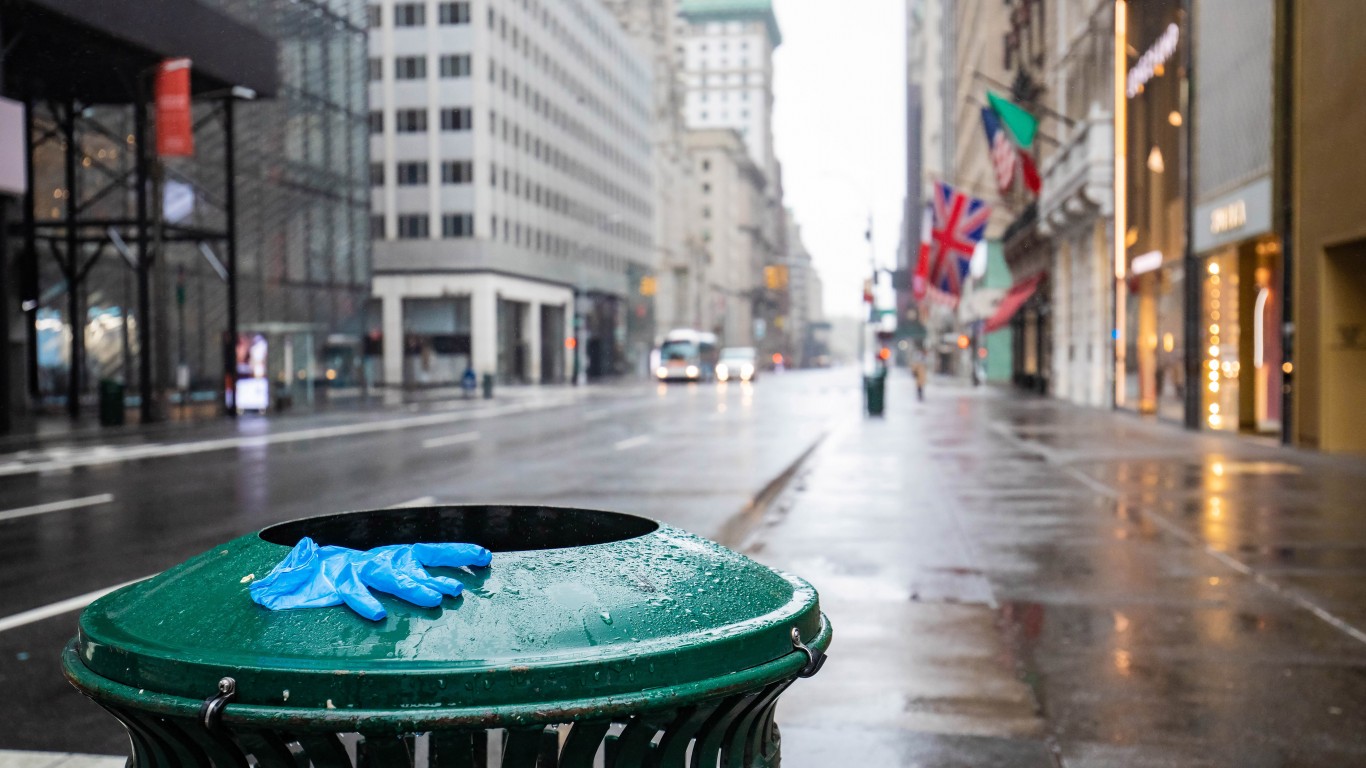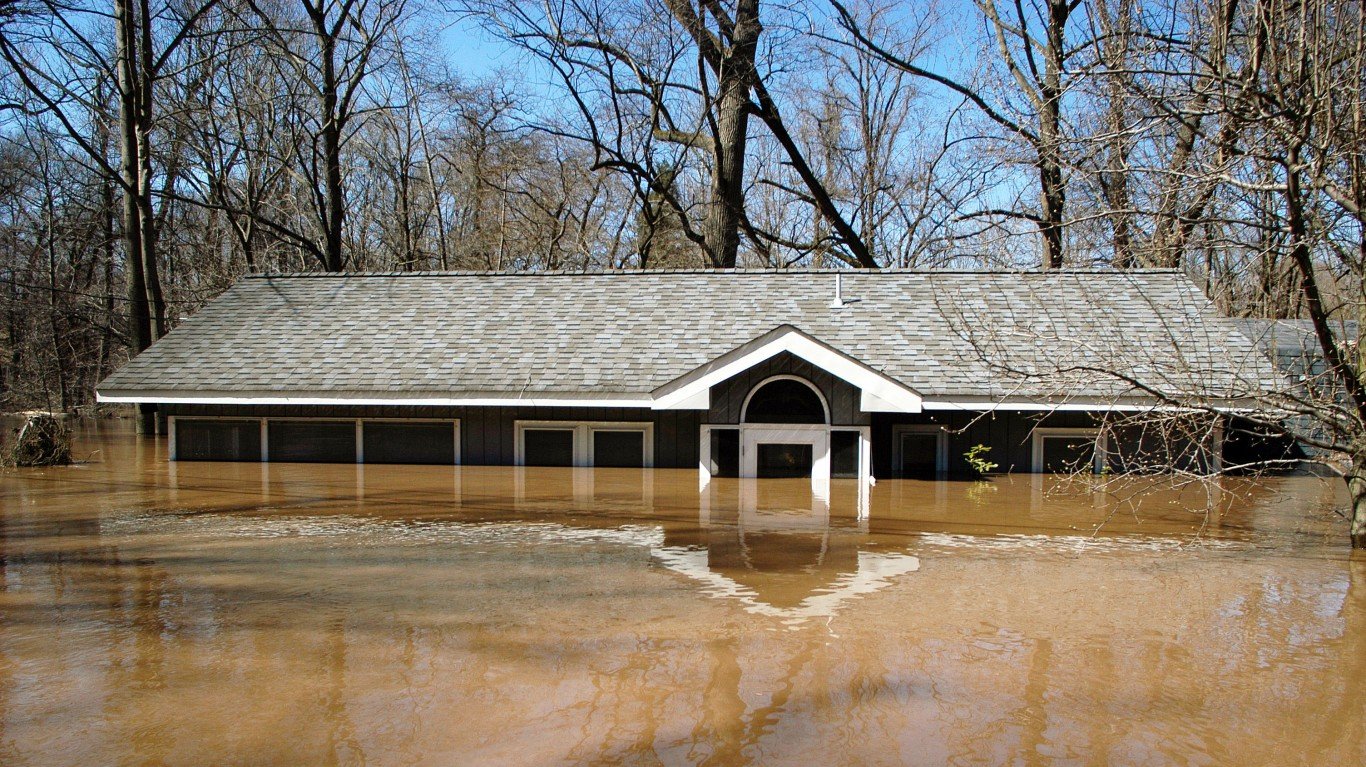

President-elect Joe Biden on Monday named a Transition COVID-19 Advisory Board that he said would “help shape my approach to managing the surge in reported infections; ensuring vaccines are safe, effective, and distributed efficiently, equitably, and free; and protecting at-risk populations.” That’s a tall order that is expected to get taller between now and January 20, 2021, when Biden officially takes the oath of office.
The advisory board is charged to consult with state and local officials “to determine the public health and economic steps” required to control the coronavirus outbreak, “to deliver immediate relief to working families,” and “to reopen schools and businesses safely and effectively.”
[in-text-ad]
In an August op-ed in the New York Times, advisory board member Dr. Michael Osterholm, director of the Center for Infectious Disease Research and Policy at the University of Minnesota, and Minneapolis Federal Reserve President Neel Kashkari put the choice facing Americans in stark terms:
We can continue to allow the coronavirus to spread rapidly throughout the country or we can commit to a more restrictive lockdown, state by state, for up to six weeks to crush the spread of the virus to less than one new case per 100,000 people per day.
In an interview with Yahoo Finance earlier this week, Osterholm repeated the idea of a lockdown for four to six weeks and noted that we could pay “all of the lost wages for individual workers” for the entire period.
Osterholm and Kashkari say that in order to reduce the spread of the virus to less than one new case per 100,000 people per day demands a mandated lockdown for all but “truly essential workers.” Citing a report from the Economic Policy Institute (EPI), they noted that 39% of all U.S. workers were deemed to be essential in the March-to-May lockdown, but that percentage varied by state. In Minnesota, for example, 78% of workers were declared to be essential.
The definition of an essential worker needs to be narrowed to include those who are “truly” essential. In a May study, EPI estimated that 55.2 million U.S. workers were employed in essential jobs in 12 sectors. The largest portion were health care workers (16.7 million), followed by food and agricultural workers (11.4 million) and industrial, commercial, residential facilities and services industry workers (6.8 million). These three categories respectively accounted for 30%, 20% and 12% of all essential workers.
Other job sectors deemed to be essential by EPI were emergency services, transportation/warehouse/delivery services, government/community-based services, communications/IT, financial services, energy, water/wastewater management, chemical and critical manufacturing.
Are stores that sell firearms essential? In all but five states they were so designated. At least seven states included stores that sell medical or recreational cannabis as essential. Are barbershops and beauty salons essential businesses? What about gyms, restaurants, bars, theaters and music venues?
BofA Securities on Thursday issued a note regarding expected curfews and crowding following the latest spike in COVID-19 cases. In the firm’s view, recent (and coming) curfews will be targeted to prevent the “most irresponsible” behavior while minimizing the economic damage. BofA also noted that much stricter restrictions probably will be needed to bend the curve of new cases due to the speed the coronavirus is spreading. Their report had several observations:
- Shorter hours of service probably mean fewer clients at restaurants, bars and gyms.
- Fewer people engaging in activities that are high-risk in terms of spreading the virus should mean fewer cases.
- Curfews are premised on the idea that people are less likely to follow social distancing rules later in the evening for a variety of reasons.
- Curfews cause less damage to the businesses affected than outright closure orders.
Osterholm and Kashkari have proposed a far stricter regime. Closing down all but a narrowly defined group of essential businesses will be costly, but, they argue, increased savings (at least as of August) combined with historically low interest rates could finance the deficit spending by funding investments in the economy. According to Federal Reserve data, Americans’ savings rate soared to 20% in April and remained at 14.3% in September. In January, the savings rate was 7.6%. With no place to go, people save more.
[in-text-ad]
Congress, they argue, “should be aggressive” in helping people who have lost their jobs due to the pandemic. That means additional spending on enhanced unemployment benefits, similar to the $600 weekly boost to benefits that ended in July and cost the federal government some $260 billion. One-time direct payments to taxpayers of $1,200 per adult and $500 per child totaled $290 billion.
All told, the CARES Act injected about $2.28 trillion into the U.S. economy and reduced the percentage of positive test results from a high of 15% in April to 4.1% in early June (and again in early October). Another substantial injection of federal funding will be required to offset the losses suffered by people who cannot work and nonessential businesses that must remain closed in the event of a federally-mandated lockdown aimed at stopping the spread of the virus.
As of November 11, the rate of positive tests was 8.7%. On that date, no U.S. state reported fewer than 50 new cases per 100,000 people on a rolling seven-day average, and North Dakota reported 1,241 new cases, the highest among all the states.
Getting from these levels to less than one new case per 100,000 seems impossible. A strict lockdown of four to six weeks may do the trick, but at what cost and to whom? In a working paper published in September by economists at the Becker Friedman Institute, the authors conclude that “there are large differences across households in the costs and benefits of various government interventions.”
The debate over the trade-off between peoples’ lives and their livelihoods must also include “the equally important and inescapable choice over which parts of the population should carry the heaviest burden of the economic costs.” The authors also make a further prediction: “… the economic costs going forward will fall more heavily on the most vulnerable members of the population, calling for a more distinct and targeted policy response.”
According to the EPI study, the heaviest burdens fall on women who make up 76% of the essential workers in health care and on people of color who make up half of food and agricultural workers and more than half of industrial, commercial, residential facilities and services sector workers. Nearly 70% of all essential workers have no college degree, and among these workers, the median hourly wage ranges from $13.50 in the food and agricultural sector to $27.89 in the energy sector. Among non-degreed, nonessential workers, the median hourly wage tops out at $17.10.
In a June article in Foreign Affairs magazine, W. Kip Viscusi of Vanderbilt University explained the method of converting reduced health risks into a monetary value. The “value of a statistical life,” according to Viscusi, is $10 million. That calculation “reveals that the dichotomy between risks to health and risks to the economy is often a false one: losses to health are economic costs, and they do as much harm to the economy as other kinds of losses.”
More than 242,000 Americans have died from complications related to the coronavirus. That total has drained $2.42 trillion from the U.S. GDP so far this year, more than the $2.28 trillion the federal government spent on the CARES ACT. That $2.42 trillion represents about 1.5% of U.S. GDP in 2019.
Viscusi’s calculation implies a cost of $10 trillion if a million Americans die from coronavirus infections. That’s nearly half of 2019 U.S. GDP. Viscusi concludes that it is “clear that social distancing and lockdowns were justified not only by the lives they saved but by the massive economic damage they prevented.”
Sponsored: Attention Savvy Investors: Speak to 3 Financial Experts – FREE
Ever wanted an extra set of eyes on an investment you’re considering? Now you can speak with up to 3 financial experts in your area for FREE. By simply
clicking here you can begin to match with financial professionals who can help guide you through the financial decisions you’re making. And the best part? The first conversation with them is free.
Click here to match with up to 3 financial pros who would be excited to help you make financial decisions.
Thank you for reading! Have some feedback for us?
Contact the 24/7 Wall St. editorial team.
 24/7 Wall St.
24/7 Wall St.


